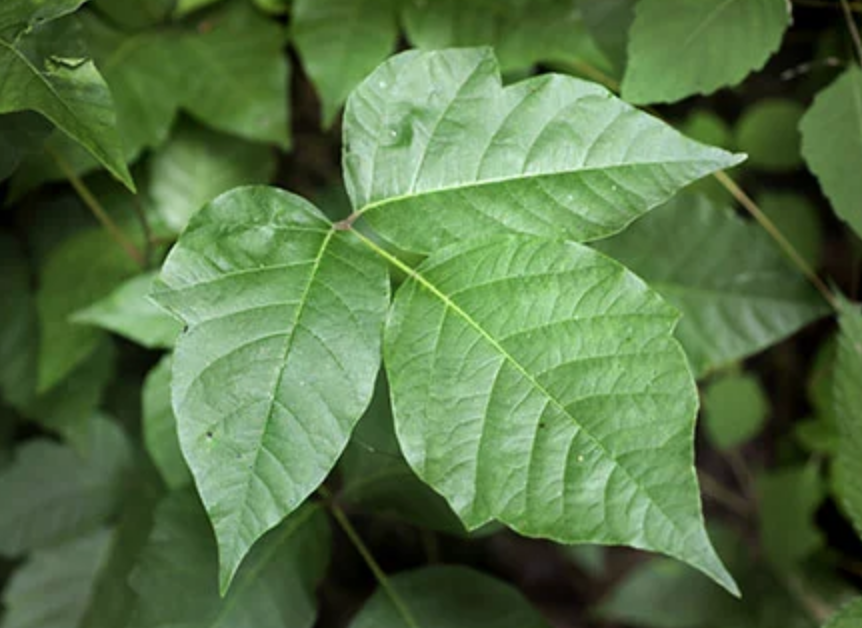|
Poison IvyAh…, poison Ivy: Steeped in folklore. People have heard so many things at the coffee shop or water coolers (9/10ths of which are worse than useless), that we need to clear the air a bit. Here are some hard facts:
When you find yourself suddenly looking down (as I have once or twice), and finally notice you're in a whole field of the stuff, and can't see how you got in (or how you'll get out), what should you do? First off, don't panic. You have around four hours to clean up. Because it's an oil, it can be removed by detergent. (e.g. Laundry detergent and even dish soap). Scrub as if you were covered in axle-grease: Long and hard. Don't worry about the harsh soap on your skin, you can apply had-cream or something later — it won't be as bad as the rash. Clothing should be washed with hot water and plenty of detergent, footwear likewise (see other article re boot care). Tools should be wiped with detergent-soaked cloth, dried, and wiped with a rag and oil. Wear gloves and dispose of them and the rags in a plastic bag. Do not burn them! GHTC Newsletter 2017 October | Summer Green
Getting Relief!Poison ivy rash usually isn't dangerous, but it sure is uncomfortable. The American Academy of Dermatology offers these suggestions to help ease the itch:
|



